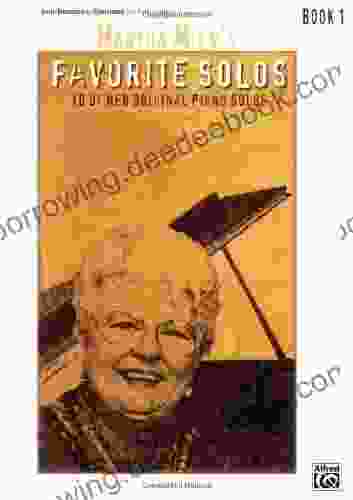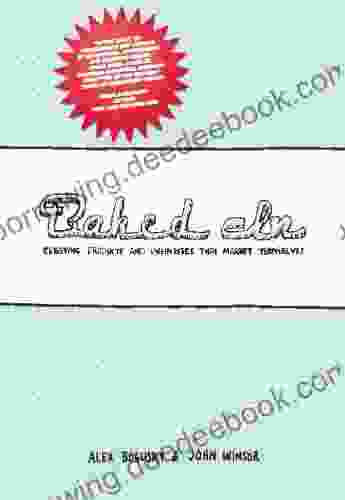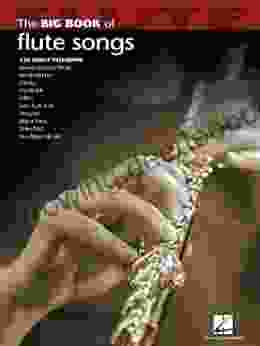J.M. Coetzee's 'Foe' is a thought-provoking and complex novel that explores themes of identity, history, and the nature of storytelling. This comprehensive study guide provides a detailed analysis of the novel, including character profiles, historical context, and discussion questions to enhance your understanding and appreciation of this literary masterpiece.
4 out of 5
| Language | : | English |
| File size | : | 1067 KB |
| Print length | : | 27 pages |
| Lending | : | Enabled |
| Screen Reader | : | Supported |
Plot Summary
Set in the 18th century, 'Foe' tells the story of Susan Barton, a woman who has been shipwrecked on an island and left stranded for many years. When she is finally rescued, she finds that her husband has remarried and moved on with his life. Susan is determined to find her husband and take back what she believes is rightfully hers, but her journey is fraught with challenges and unexpected encounters.
Character Profiles
- Susan Barton: A strong-willed and independent woman who is determined to reclaim her identity and her place in society. Susan is a complex and enigmatic character who is both vulnerable and resilient.
- Mr. Foe: A writer who is hired by Susan to help her write her story. Foe is a cynical and detached man who is initially skeptical of Susan's claims but gradually becomes drawn into her world.
- Friday: A young man who was raised by Susan on the island. Friday is a loyal and devoted companion who is torn between his affection for Susan and his desire to return to his own people.
Historical Context
'Foe' is set against the backdrop of the 18th century, a time of great social and political upheaval. The novel explores the complex relationship between Europe and its colonies, and the impact of imperialism on both colonizers and colonized peoples. Coetzee also draws on the history of the Robinson Crusoe myth to critique the narratives of Western exploration and conquest.
Themes
- Identity: Susan, Foe, and Friday are all struggling to find their own identities in a world that is constantly shifting and changing. The novel explores the ways in which our identities are shaped by our experiences, our relationships with others, and the stories we tell about ourselves.
- History: 'Foe' is a novel about the power of history to both shape and distort our understanding of the past. Coetzee challenges the traditional narratives of history and encourages us to think critically about the ways in which history is written and used.
- Storytelling: The novel is a meditation on the nature of storytelling. Coetzee explores the ways in which stories can be used to both create and destroy, to both empower and disempower. He also challenges the traditional notions of authorship and authenticity, suggesting that all stories are ultimately unreliable.
Discussion Questions
- How does Susan's journey of self-discovery challenge traditional notions of femininity and identity?
- What is the significance of Friday's character? How does he represent the complex relationship between colonizers and colonized peoples?
- How does Coetzee use the Robinson Crusoe myth to critique Western narratives of exploration and conquest?
- What is the role of storytelling in 'Foe'? How does Coetzee explore the power and limitations of storytelling?
- How does the novel's ending leave us with a sense of both hope and uncertainty? What does this suggest about the nature of history and human resilience?
J.M. Coetzee's 'Foe' is a challenging and rewarding novel that offers a rich and nuanced exploration of themes such as identity, history, and storytelling. This comprehensive study guide provides a deeper understanding of the novel's characters, themes, and historical context, and will enhance your appreciation of this literary masterpiece.




























































































